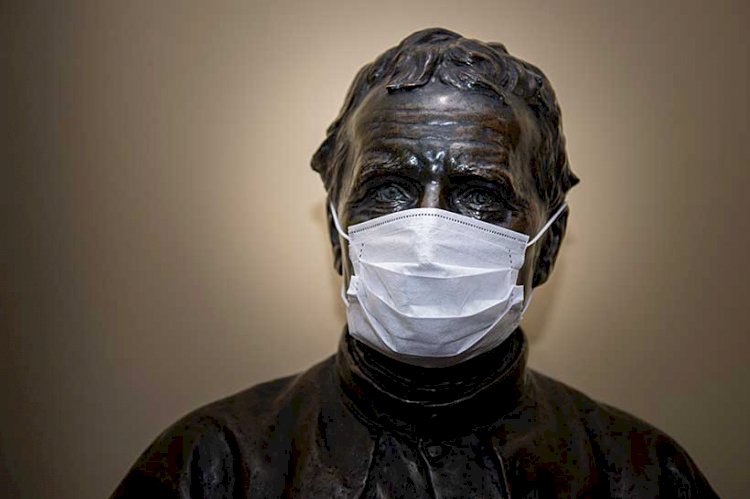The Leper Colony
Once upon a time there was a leper colony.

The leper colony – A parable for 2020
Once upon a time there was a leper colony.
The strange thing about this leprosarium is that almost all its patients were not lepers.
The vast majority were not even carriers. Stranger yet, these non-lepers had to live like lepers taking care not to spread the disease they did not even have. Moreover, they had to treat all others like lepers, and were to patiently accept to be treated like lepers in turn by them.
Thus, each person was presumed socially to be infected, even when testing negative.
Everyone had to keep a certain distance from others, as if each were diseased.
Some non-lepers were also labelled “non-essential,” which meant they had to remain idle inside to “reduce the danger of contagion.” The rule was to avoid contact with everyone.
Failure to treat non-lepers as lepers carried high penalties.
The only way out of the leper colony was in fact to become a leper!
The minute someone caught the disease, the person was taken out of the crowded neighbourhood and brought to often-empty hospitals, full of unused beds, to be isolated from the non-lepers.
Inside the hospital, they were taken care of by heroic doctors and health workers who worked scientific wonders, curing many lepers who, once discharged, were presumed immune from contagion.
However, those who were cured and discharged, still had to return to the leper colony!
The colony included numerous non-lepers who had almost no chance of ever becoming lepers.
Thus, children and teenagers were locked up behind the leper colony’s walls, to protect them from a disease that could only harm older folk. Science and statistics showed that children ran almost no risk of death and ran far greater risks from accidents, poverty, and other diseases. However, no exception was made for them.
Inside the Grand Leprosarium, not only people, but even objects were assumed to be infected and contagious. Thus, everything non-lepers touched was not to be trusted, and had to be sanitized.
No measure was too strict or caution too great to be implemented, even if it meant wrecking almost everything in the leper colony.
This colony’s idiosyncrasies might have been bearable if the place were administered competently and efficiently. But instead, confusion reigned!
A panel of experts ruled, but the loudspeakers blasted contradictory messages regularly.
One day they said masks were good and effective. The next that they were bad and useless.
They argued over how long surfaces might remain infected: one hour, one day or even one week.
They established how far infected droplets could spread.
Other experts presented distorted projections that predicted catastrophes one day, and drastically reduced their projections the next. In the many zones of the colony, a variety of rules applied which made sure all non-lepers were treated like lepers.
Some ward chieftains inflicted draconian measures. Others were a little more reasonable. No consensus could be reached about when it would be safe to declare non-lepers to be healthy citizens again.
The least politically risky course was a complex set of “phases,” which gradually returned everything to a new, undefined and less than normal state.
Inside the wards, the non-leper patients waited around, somewhat dazed over what was happening. Rumours, conspiracy theories and reports of fake remedies circulated.
One theory sounded so reasonable one day, while a contrary one seemed more plausible the next. Alarmists predicted an apocalypse; minimalists described the disease as little more than the most common flu.
One of the most disputed norms was the universal banning of Church services. Most administrators and even chaplains agreed that gathering to pray in common was to be forbidden. It was as if God too was treated like a leper. His people were to be kept away from Him, to avoid spreading the plague.
Slowly but surely, the leprosarium’s regulations disintegrated, since no one could work or live under such unstable conditions for long. Trillions in finances had been wasted, and tens of millions of jobs vanished, many never to return. This was the crazy state of that leper colony. Non-lepers pretending they and everyone else were lepers! A place where people pretended to be what they were not!
This was not really a leprosarium but an insane asylum. (- adapted from a John Horvat blog)


















